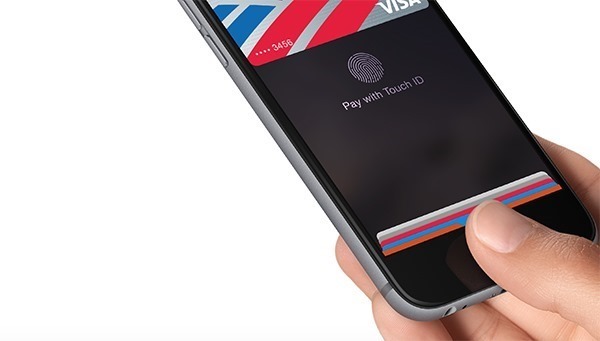The Touch ID fingerprint sensor that Apple first introduced with the iPhone 5s back in 2013 was, by some, dismissed as a gimmick. Sure, we’d seen such implementations with business-standard notebooks and such, but the idea of adding one to an iPhone did seem a tad James Bond. As we’ve seen, though, Touch ID has much to offer, and having enjoyed third-party support software with the iOS 8 update, was also included as a part of last year’s iPad refresh. Now, reports indicate that Touch ID will be subject to further improvements in time for the next-generation iPhone, providing a more accurate experience for seamless and secure authentication.
It is probably worth mentioning that Touch ID was treated to some design improvements in the run-up to the iPhone 6 and iPhone 6 Plus, and despite appearing the same to the end user, is now more robust than the original part. According to KGI Securities’ Ming-Chi Kuo – an analyst seldom far from Apple-related conjecture – the pattern of enhancing Touch ID is set to continue, with the primary purpose of the upgraded module being to reduce reading errors and, in turn, provide the end user with a better, safer Apple Pay experience.

Launched just after iOS 8 first hit the scene, Apple Pay has piqued the interest of banks, retailers and consumers alike, with many iPhone 6 owners having begun to accustom themselves to contactless payment. As one might expect of a Cupertino-made feature, Apple Pay is already very easy to use in spite of its fledgling state, and Kuo’s estimates of new modules shipping in time for the next iPhone will only consolidate Apple’s position as the front-runner in this era of mobile payments.

Speaking to investors, Kuo expects 260 million units of the module to be shipped this year, a considerable rise from 148 million in 2014 and 36 for the 2013 introduction of the aforementioned iPhone 5s. In terms of manufacturers, Apple will draft in the Taiwanese Semiconductor Manufacturing Company – otherwise known as TSMC – once more, whilst Kuo adds that both Sunnic and ASE Kuo will also be tasked with a portion of the production.
As for the release of the next iPhone, Kuo points to Q3 2015, and given recent history, this isn’t particularly surprising.
(via: MacRumors)
You can follow us on Twitter, add us to your circle on Google+ or like our Facebook page to keep yourself updated on all the latest from Microsoft, Google, Apple and the Web.

